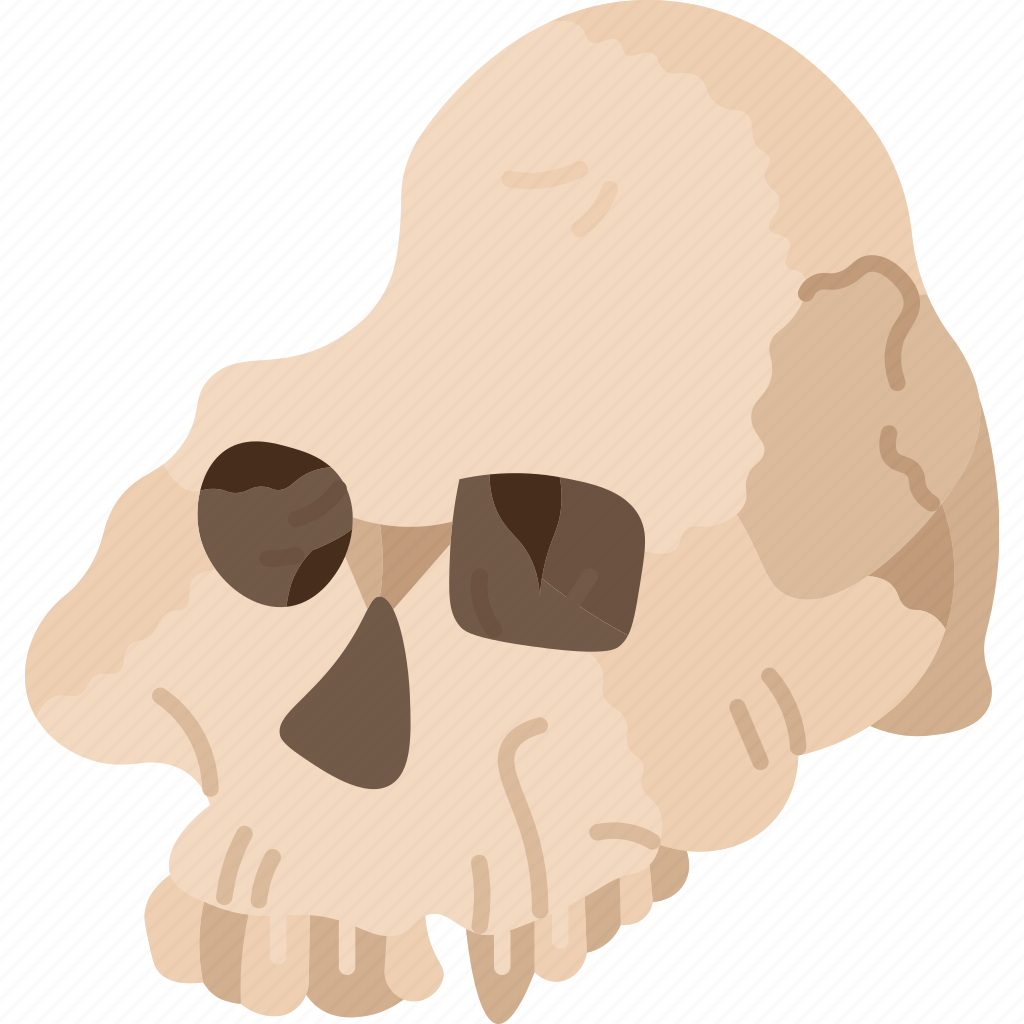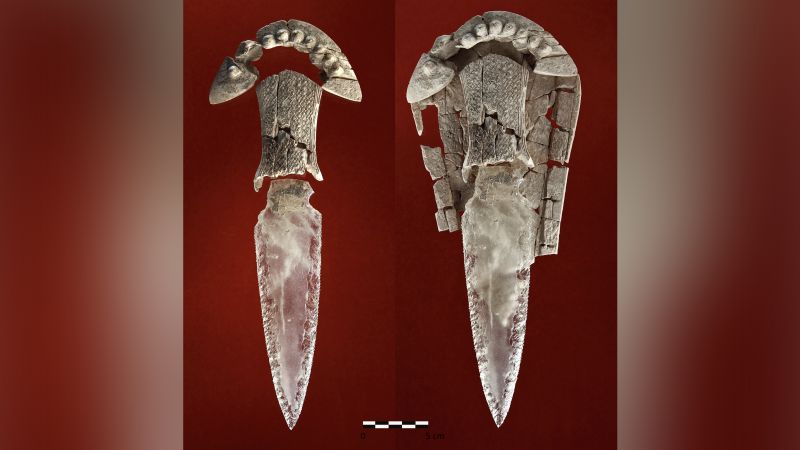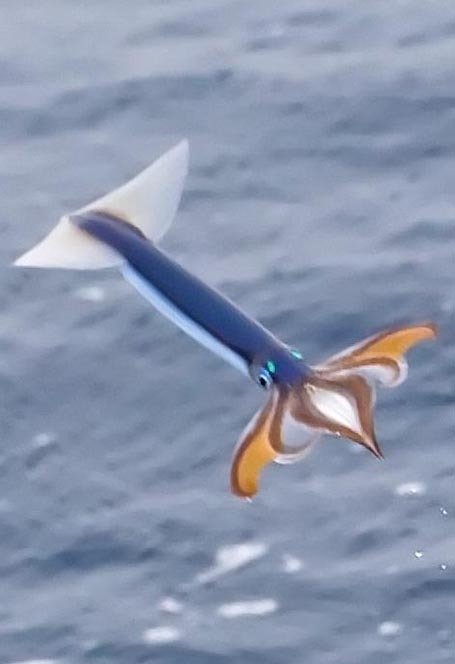Buried with an elephant’s tusk, an ivory comb, a crystal dagger, an ostrich eggshell and a flint dagger inlaid with amber, the skeleton discovered in a tomb near Seville, Spain, in 2008 was clearly once someone important.
Based on analysis of the pelvis bone, a specialist initially identified the 5,000-year-old skeleton as a “probable young male” who died between age 17 and 25. A team of European archaeologists dubbed the remains the “Ivory Man,” and began researching what they called a “spectacular” find.
More than a decade later, the researchers used a new molecular method in 2021 to confirm the skeleton’s sex as part of a broader study on the discovery, and they got quite a shock. It turned out that the “Ivory Man” was in fact female. Read more
Isn’t it amazing that ostrich eggs and ivory were able to be traded all the way to Iberia in the second millennium BCE? Prehistoric trade networks never cease to amaze me.
Civilization always turns out to be more ancient than we previously thought.
Trade networks do not require what we would consider to be civilization and this is not the instance to be doing the Graham Hancock thing.




